Last updated on September 3, 2024
A film by Brady Corbet
With: Adrien Brody, Guy Pearce, Felicity Jones, Joe Alwyn, Raffey Cassidy, Stacy Martin, Isaach De Bankolé, Alessandro Nivola, Emma Laird, Jonathan Hyde
When visionary architect László Toth and his wife Erzsébet flee Europe to rebuild their legacy and witness the birth of modern America, their lives are changed forever by a mysterious and wealthy client.
Our rate: **(*)
For an American film in competition at Venice 2024, we appreciate the initiative. What’s more, it’s hard to dismiss the film as the kind of fad, netflixian or amazonian, as we’ve seen in recent years, that can’t put certain interesting formal ideas on hold at the outset, but quickly take over everything else until they overwhelm their subject (Blonde, for example). The brutalist’s broad narrative ambition (a man, a family, a destiny, an era, a country, a society, an art form), its long running time – so rare in American cinema, apart from Beatty and Lumet – and its decadent, traumatic themes, all point to Visconti (a distant cousin, shall we say). In terms of form, the narrative is spread over several decades, from which we are offered a few extracts, between two bursts of acceleration – like Star Trek, we are sometimes transposed into a new space-time bubble without a moment’s hesitation – with the thread of a pharaonic work, of the kind that can never be finished, like a film that is too ambitious or tackles a subject that is too big or unassailable. The metaphor applies in particular to what the film will eventually reveal, with Brady Corbet recalling who knows what of his acting debut (Gregg Araki‘s highly singular, magnificent and hardcore Mysterious Skin). What’s more, The brutalist surprises with a number of fine qualities. First and foremost, the film’s sound and music are outstanding, constantly enhancing the images, translating perceptions rather than underlining them, all in an obvious avant-garde atmosphere, a kind of electrified acid jazz enhanced by hyper-fast beats. The work on the image also stands out, whether it’s the search for Kodak photography (the film was probably made in 70 mm), or the work on blurs, again to evoke disturbed perceptions, moments of cerebral wandering, but also these plastic sequences with a temporal acceleration value, where photocollages set to music and sound evoke the changes that the passage of time allows, when they don’t directly evoke the theme to which the film will relate. Ambitious, singular, with a few excellent ideas, and even a good hold, the die should have been cast and our minds totally won over. But for that to happen, the subject would have had to be more shocking, it would have had to avoid straying into the endless American dream turned upside down (here, the fairy tale is often invited in, even at the supposed worst moments – the joy of cinematic writing – but at what price! ), that the film’s pace and duration corresponded to what it really had to tell us (3 hours that were probably worth 2, the slowness in itself not being to blame, it introduces an interesting element of mystery and tends to thicken the plots and trials, making them more truthful) and, above all, that our attention could be fully captured by the writing, which, in many respects, seems to us to be that of a series, which allows itself time to deepen its characters and indulges in pleasurable pauses, narrative redundancies and insistence on filling in the gaps, while at the same time taking care to regularly offer sudden twists and turns. The brutalist never achieves the intensity of vision that the Italian master could throw at his characters, and keeps us at a distance from the troubles it aims to examine.

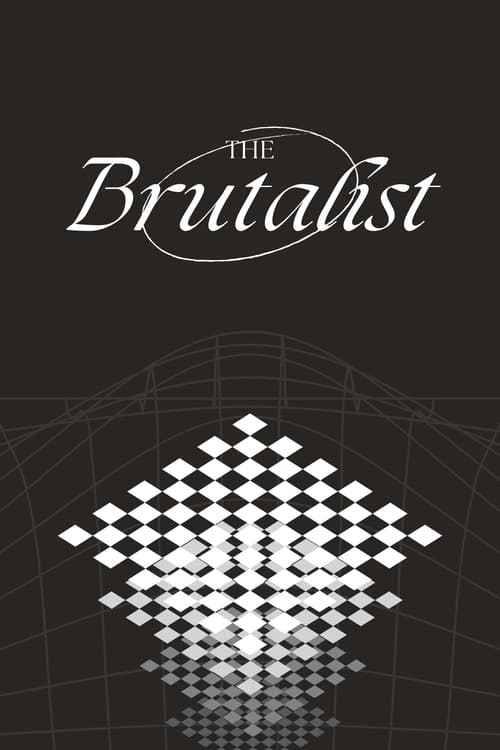

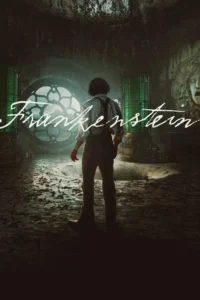
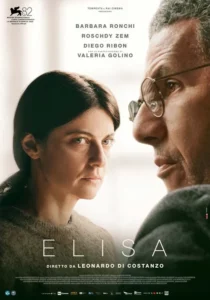

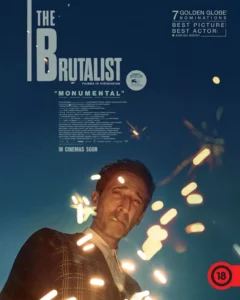

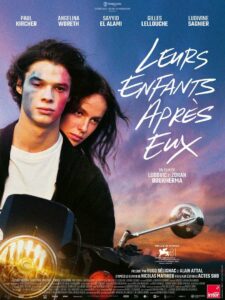

Be First to Comment